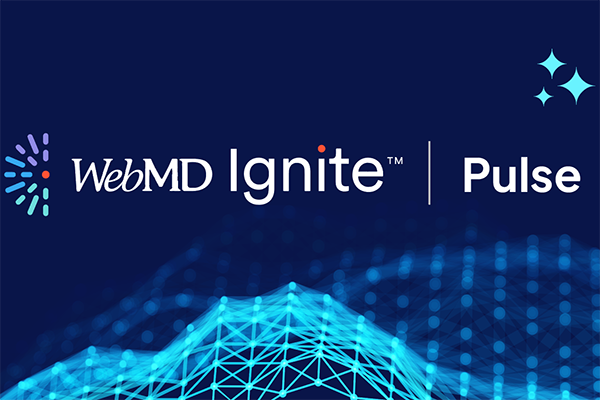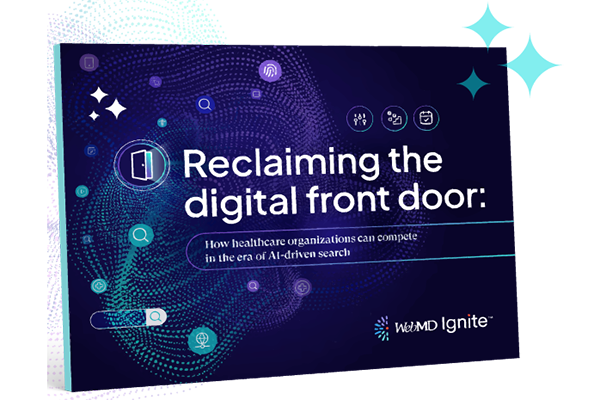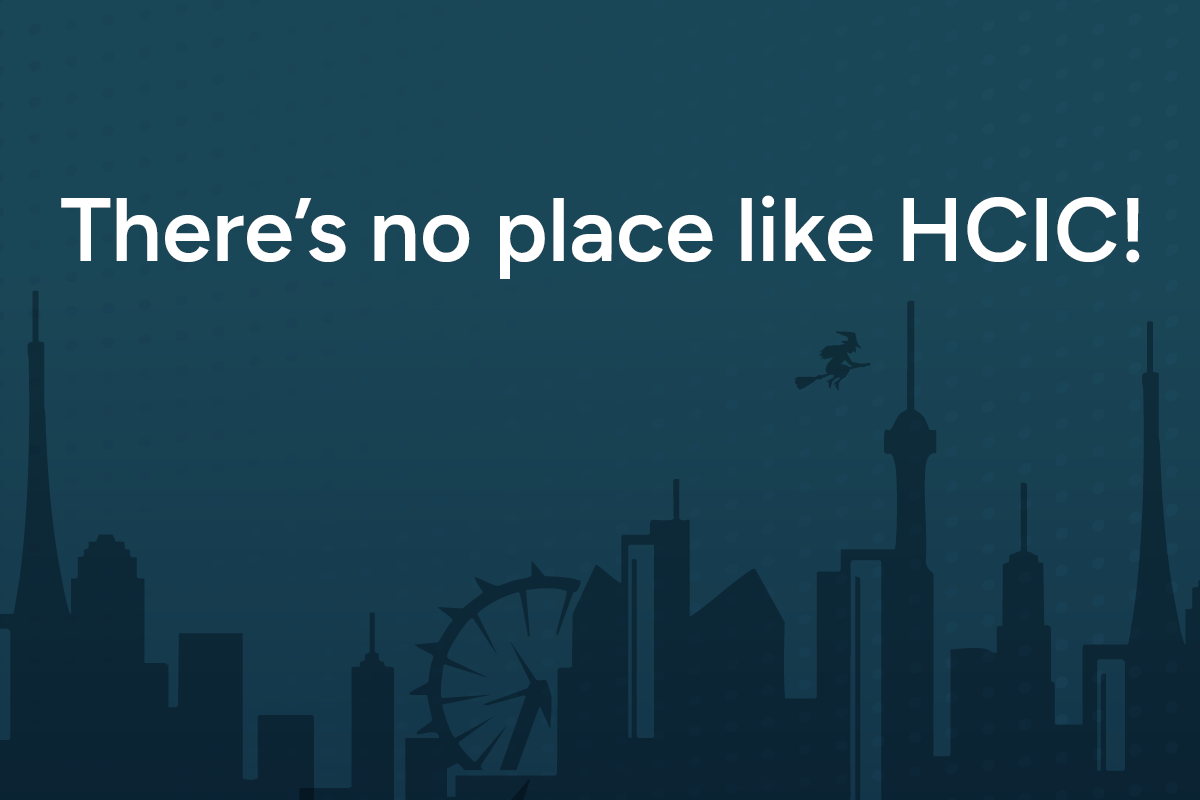Does Your Patient Education Experience Pass the Accessibility Test?
Healthwise is now a part of WebMD Ignite. Our suite of solutions, included within Ignite Education, easily integrate within existing workflows to deliver relevant health education wherever consumers are, on any device—from the clinical setting to health plans to digital health applications.
Do your patients actually use the health education you share? More importantly, can they use it? For patients who have visual impairment, for example, simply reading health education can be a hurdle. And more of your patients may face reading challenges than you think.
The U.S. Department of Education says that 54% of U.S. adults lack proficient literacy, meaning they read below a sixth-grade reading level. Another 5% to 15% of Americans have dyslexia, which makes it hard to read, write, and spell. And more than 7 million people (about twice the population of Oklahoma) in the U.S. have vision impairment, meaning their eyesight can’t be corrected to a “normal” level—and that number is expected to double by 2050 due to chronic diseases that can cause vision loss.
The bad news: Many of these patients likely have difficulty reading—and therefore using—the health education you provide. The good news: There are concrete, actionable ways to make your education more accessible.
Accessibility in Health Education
The accessibility of health education can depend on how it is created—for example, being written in plain language and at an appropriate reading level. But for patients who struggle with reading, the way the education is delivered can also make a difference. Although some patients still want their education in hard copy form, 70% of consumers in one study said they prefer digital healthcare solutions for their care journeys. By using digital health education, not only will you meet patient preferences, but you’ll have a world of accessibility-improving tools at your disposal.
Accessibility Tools for Health Education
Here's how accessibility tools in the patient interface can empower patients to read and understand the education you share with them.
- Multi-language options
Education should be available in a variety of languages—English and Spanish at minimum, but the more languages the better. And a good patient interface allows patients to change the language themselves, so they can view education in their preferred language when they want to. This feature also allows patients to share information with caregivers or family members who may speak languages other than English. - Font size controls
Patients should be able to change the text size on the page. And that doesn’t mean just zooming in. Every browser allows the user to zoom, but zooming in makes it difficult to access other parts of the page. Instead, give users the control to change just the font size (the size of text) without affecting the rest of the page. This also makes it easier to read content and navigate on small screens like phones. - Video transcripts and closed-captioning
Videos can help explain complex topics, teach how-to information, or just help accommodate people who learn better by watching instead of reading. But videos need to be accessible too. All videos should be closed-captioned at a minimum to support patients who are deaf or have trouble hearing. And it’s helpful to include a transcript so those who can’t or don’t want to watch a video can still access the information. Transcripts also make videos accessible “offline” because they can be printed out. Incorporating a QR code on printed video transcripts allows patients to easily access the videos on their phones, or tablets if they’d like. - Skip links
Digital education should also have skip links or links near the top of the page that allow patients to click and jump to a specific part of the education. These links help patients navigate quickly to the information they want without endlessly scrolling. Skip links also help patients who use screen readers more easily access the education they need.
A digital patient interface with accessibility features like these helps your patients read health education, which can then help them better understand and manage their health.
While developing the patient interface for our FHIR solution, the team made sure the experience and education would meet patient needs. To find out more about the patient experience in Ignite on FHIR®, contact us.





